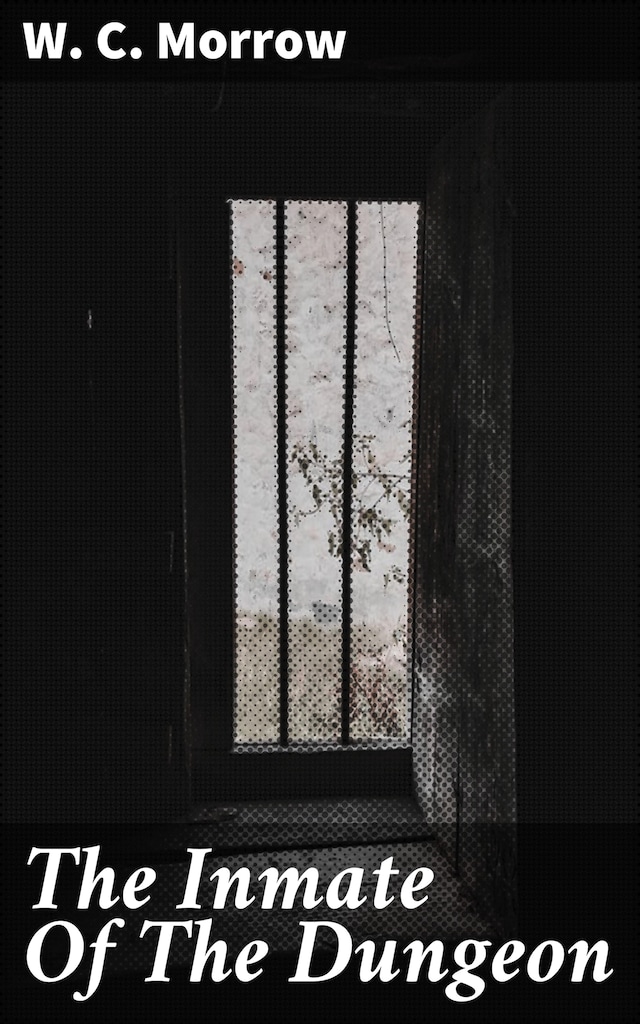
The Inmate Of The Dungeon
1894
Description of book
W. C. Morrow's "The Inmate of the Dungeon" is a masterfully constructed narrative set against the backdrop of the late 19th-century Gothic literature movement. This intriguing tale explores the psychological themes of madness and isolation through the protagonist's harrowing experiences within the confines of a foreboding dungeon. Morrow's rich, evocative prose immerses the reader in a maze of despair and intrigue, showcasing his adeptness at creating a chilling atmosphere that echoes the anxieties of his time. Literary critics often note Morrow's ability to blend elements of horror with social commentary, illuminating the stigma surrounding mental illness and societal fears prevalent during the Victorian era. W. C. Morrow, a notable figure of the American literary scene, was deeply influenced by the psychological undercurrents of his contemporary society. His works frequently grapple with the boundaries of sanity and the human condition, likely drawing inspiration from his own observations of marginalized individuals. Morrow's relentless exploration of fear, identity, and morality reflects a broader existential questioning that characterizes his oeuvre, making him a precursor to later psychological thrillers and horror fiction. Readers keen on delving into the depths of the human psyche will find "The Inmate of the Dungeon" an essential read. Its intricate narrative structure and thought-provoking themes provide not only a thrilling experience but also a profound commentary on the nature of isolation and the shadows of the mind. For those who relish compelling narratives steeped in psychological complexity, Morrow's work is a captivating exploration that warrants a place on the shelf of any serious literature enthusiast.
 W. C. Morrow
W. C. Morrow 20 Pages
20 Pages